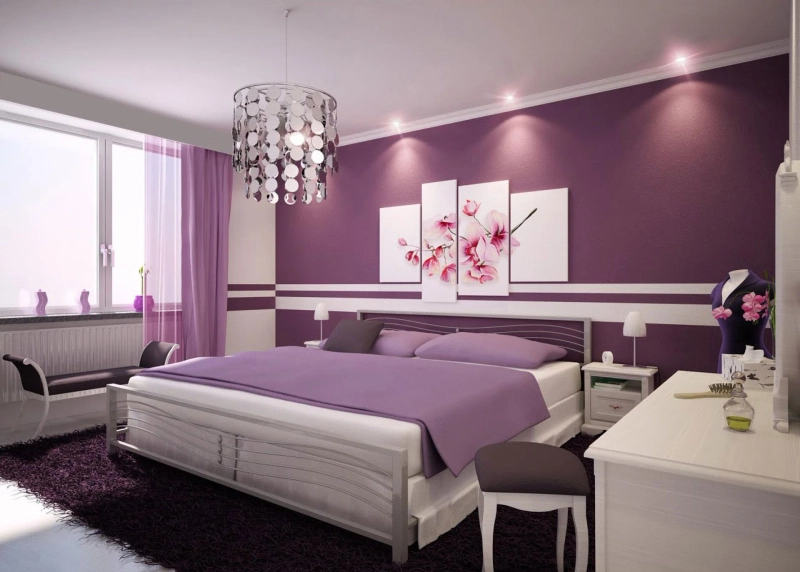Whether it’s creating a workspace that increases productivity or giving a family their dream home, Grayscale Homes interior designers are able to help. But it’s more than just arranging furniture and following a few rules.
They must also consider a number of technical issues such as airflow, heat extraction, electrical and plumbing regulations. Plus, savvy interior designers know that color can influence our emotions and moods.
How do you solve a problem?
As an interior designer, you must be able to solve problems creatively. Every project comes with unique challenges that require your creativity to overcome. This is why it’s important to spend time daily looking for inspiration and collecting creative ideas that will come in handy when a design problem arises. This process can be as simple as keeping a journal or online document to record your ideas, or it may involve using software systems to capture and store images for future reference.
A key to successfully overcoming interior design client problems is maintaining a clear and steady communication channel with your clients. Having a solid client agreement in place from the get-go will help you to control the flow of communication and set expectations from the beginning. This will prevent any last minute surprises that can derail the entire project.
It’s also a good idea to keep your skills up to date by researching popular and innovative design practices. Voluntary certifications can demonstrate your expertise in specific areas of the industry, such as environmental, kitchen or bathroom, corporate or universal designers. Getting involved in professional associations and mentoring opportunities can also help you stay on top of current trends and advancements within your field.
How do you sell big ideas?
Every industry has its challenges and interior design is no exception. But the good news is that most of the problems you will face can be solved by using the same tactics as any other professional.
For example, it is important to have a strong brand and portfolio that shows your work and experience. Using a website that showcases your projects and designs is one of the best ways to promote yourself as an interior designer. Additionally, creating a social media account is a great way to connect with potential clients.
You will also need to build relationships with contractors, furniture stores, hardware agents, and decorators to get your job done. Having a strong network will make the process much smoother and help you find solutions quickly when things go wrong.
Lastly, it is important to learn how to manage your time effectively. There are only so many hours in a day and a lot needs to be accomplished. Managing your time by prioritizing and scheduling tasks can help you meet deadlines and keep clients happy.
Remember to stay positive and take breaks when needed. It is easy to get overwhelmed in this field, especially if you are working on high-profile projects. But if you can remember to step back and take a breather, the stress will fade and your solutions will become clearer.
How do you stick to a budget?
A great interior designer has a firm grasp of project costs. They know how to strike a balance between satisfying client expectations and maintaining cost-effectiveness. They also understand that a strong budget will get them clients but stellar business skills are what will keep them coming back.
Often, clients will come to designers with sky-high expectations. This is where a designer’s communication and time management skills are put to the test. They must explain to their clients what is realistic and what is not. This can be difficult, especially when the client has a strong visual preference that may not align with their budget or timeline.
Some interior designers will use formulas to give their clients a sense of what they can expect to spend on a design project. For example, they may estimate the cost of furnishing a home to be 7 to 10% of its total value. However, this does not take into account things like construction expenses, unforeseen problems and freight charges. Tucking away 10 to 15% of the budget for these unexpected expenses will help a designer avoid going over budget.
It’s also important for interior designers to remember that they need to maintain their own creative and physical well-being. While working on projects can be a dream job, it is not a good idea for designers to burn themselves out. It’s crucial to set boundaries with their clients, take breaks and know when it’s time to switch off.
How do you deal with unexpected delays?
As a designer, you may find yourself tasked with a project that requires a specific piece of furniture, wallpaper or fabric. But what if that particular item isn’t available? Delays are just part of the interior design game and dealing with them in a way that doesn’t piss off your client to the point where they fire you is key.
Some clients are easy to work with and will allow you free rein in their home, but others are a bit more difficult. For example, if your client is dead set on forested wall murals and kelly green furnishings, but they aren’t in line with current trends or practicality, you will need to have some creative ways of selling them so that their ideas will look dated in 6 months.
This is where being a good communicator can help you. You will need to be able to clearly explain your reasoning behind certain aspects of their design, whether that is because it’s over budget or simply because it won’t work in space. Saying no can be difficult, especially if you are a newer interior designer, but the more experienced designers know that it’s better to manage expectations from the start than to let a client down in the end by not telling them the truth about what can and cannot be achieved.


